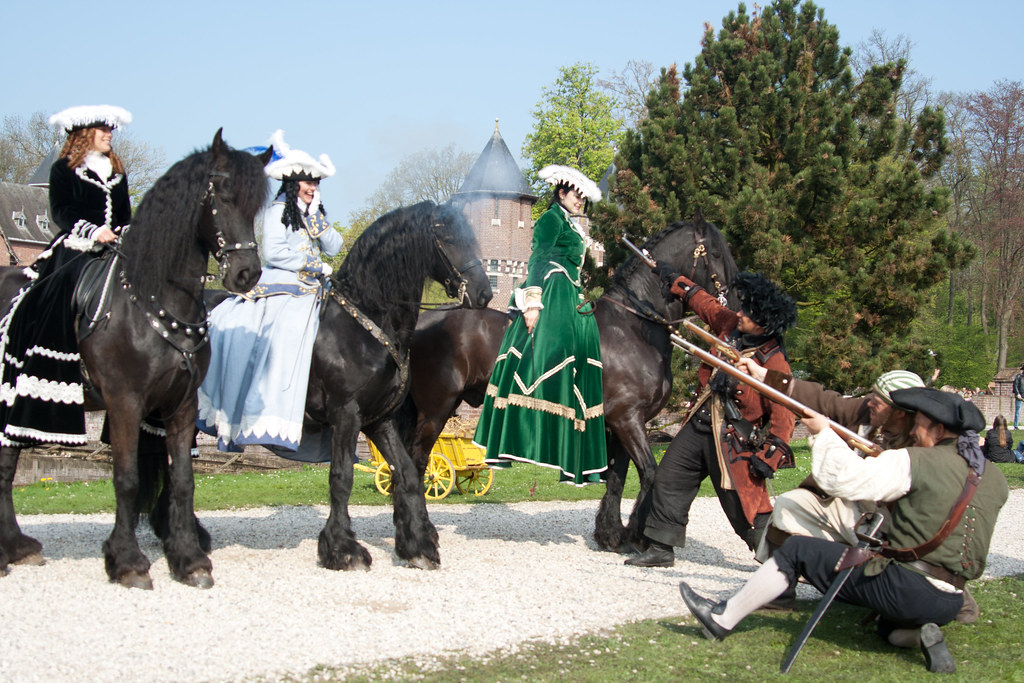Europe’s tradition of horse trading dates back centuries, with historic fairs and markets serving as cultural landmarks that connect the continent’s equestrian heritage to the present day. These gatherings have evolved from simple trading posts into elaborate cultural events that celebrate the beauty, strength, and versatility of horses. From the misty moors of Ireland to the mountain villages of Spain, horse fairs represent living history and offer a glimpse into how horses have shaped European society. Today, these markets blend commerce with spectacle, drawing thousands of visitors who come to buy, sell, admire, and celebrate these magnificent animals in settings that often remain remarkably unchanged through generations.
Appleby Horse Fair – England’s Gypsy Gathering
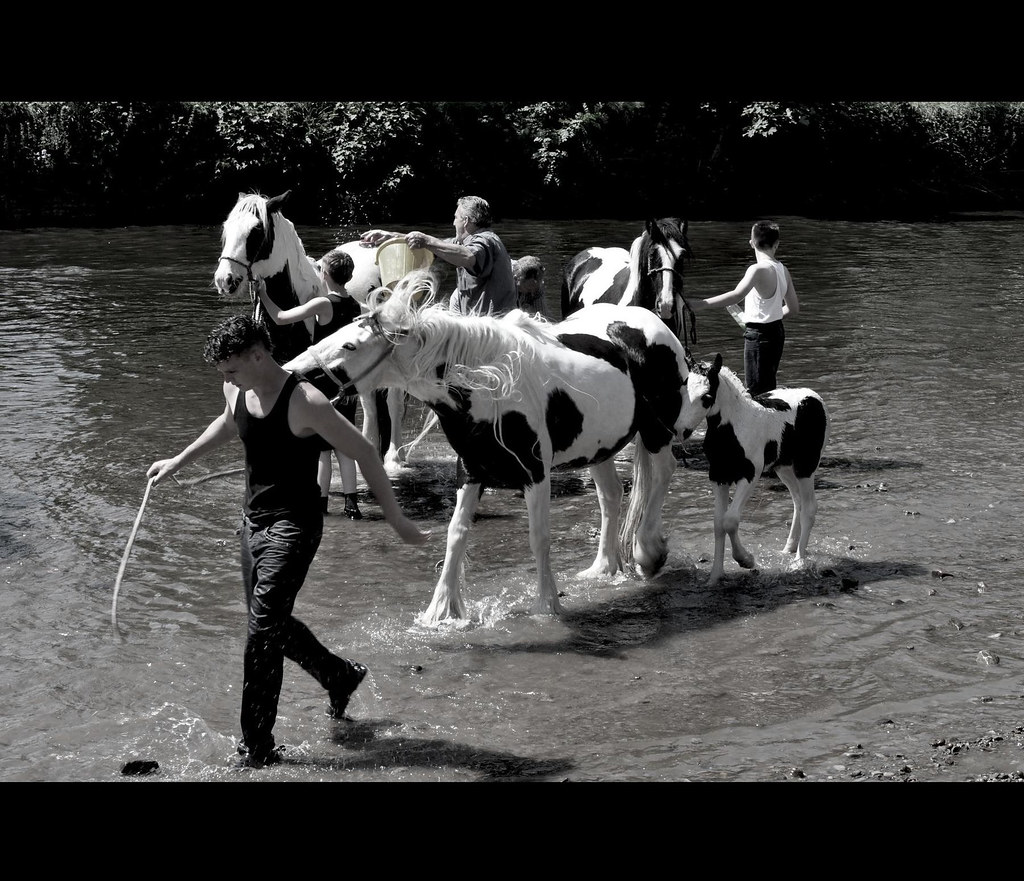
Nestled in the picturesque setting of Cumbria, England, the Appleby Horse Fair stands as one of Europe’s oldest and largest horse fairs, dating back to 1775 through a royal charter. Each June, thousands of Gypsies and Travelers from across the British Isles and continental Europe converge on this small market town, bringing with them approximately 10,000 horses, ponies, and donkeys. The fair’s most iconic image is that of horses being washed and trotted in the River Eden, a tradition that allows potential buyers to see the animals’ movement and condition. Beyond trading, Appleby is a crucial cultural touchstone for the Traveling community—a place where families reunite, traditions are passed down, and marriages are sometimes arranged in a celebration that merges commerce with deeply held cultural practices.
Ballinasloe Horse Fair – Ireland’s Premier Equine Event
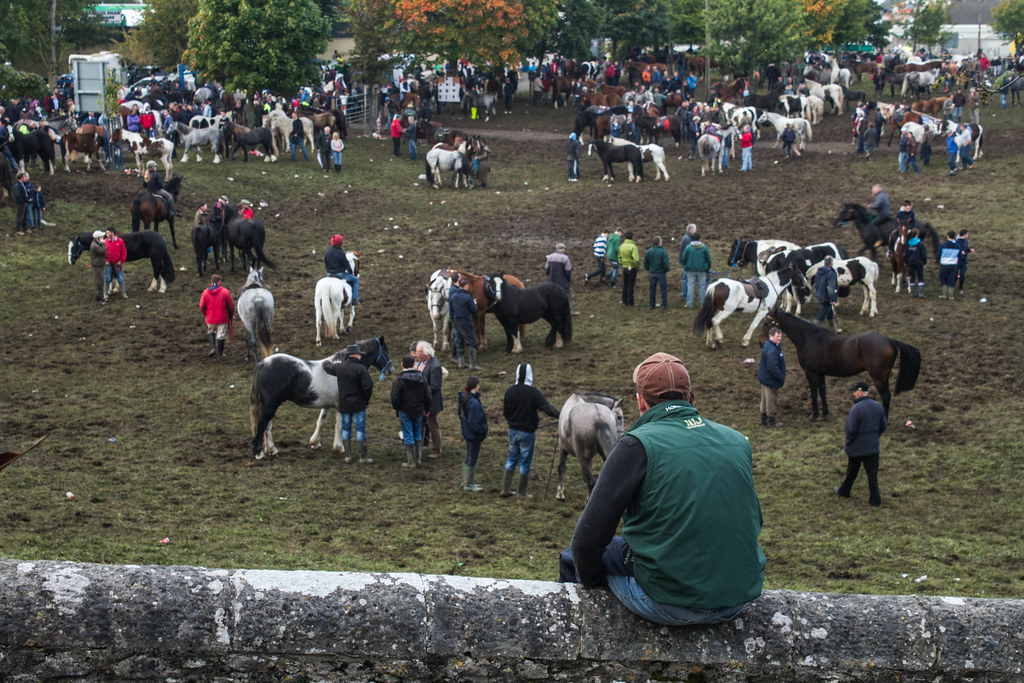
Ireland’s oldest and largest horse fair takes place annually in October in the town of Ballinasloe, County Galway, where it has been held continuously for over 300 years. What began as a small livestock fair has evolved into a nine-day festival that attracts over 80,000 visitors, with the horse fair remaining its centerpiece. The fair is particularly renowned for its quality Irish Cobs, hunters, and ponies, with the “Fair Green” becoming a bustling marketplace where skilled traders negotiate through a complex ritual of hand-slapping and whispered prices. The “Horse Lunging Competition” stands as one of the highlights, where handlers demonstrate their animals’ obedience and agility without saddle or bridle. Ballinasloe maintains its authentic trading atmosphere while offering cultural events, including music, dancing, and traditional food that celebrate Ireland’s deep connection to horsemanship.
Skaryszew Horse Fair – Poland’s Ancient Tradition
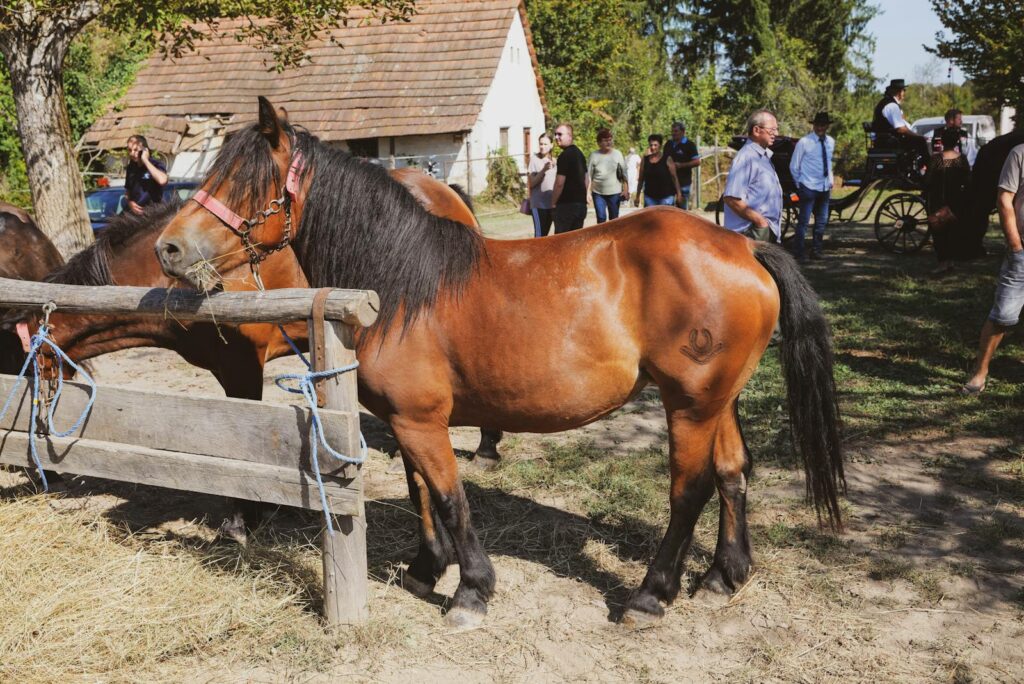
Dating back to 1432, the Skaryszew Horse Fair holds the distinction of being Europe’s oldest continuously running horse market, taking place on the first Monday of Lent each year. Originally granted official status by King Władysław II Jagiełło, this historic fair in central Poland was once vital for supplying cavalry mounts to the Polish-Lithuanian Commonwealth. Today, hundreds of horses—predominantly draft breeds like the Polish Coldblood—change hands in transactions that still largely follow ancient customs, with handshakes often carrying more weight than written contracts. The fair has evolved to include competitions that test horses’ strength and obedience, such as the impressive “Horse Pull,” where teams of massive draft horses demonstrate their power by pulling increasingly heavy loads. Despite recent controversy over animal welfare, the fair has implemented stricter regulations while preserving the authentic trading traditions that make it a living museum of European horse culture.
Jerez Horse Fair – Andalusia’s Equestrian Showcase
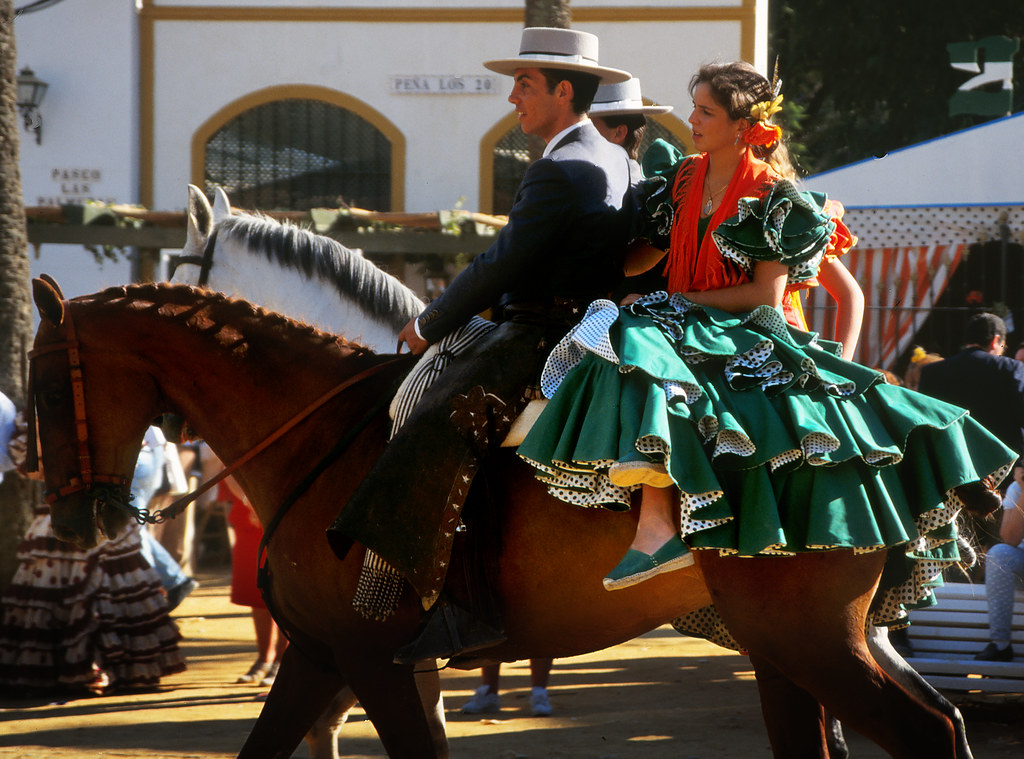
The Feria del Caballo in Jerez de la Frontera represents the pinnacle of Spanish horse culture, transforming this sherry-producing city into an equestrian paradise each May. Unlike more rustic trading fairs, Jerez offers a sophisticated celebration of the Spanish horse, particularly the majestic Pura Raza Española (Andalusian). The fairground becomes a spectacle of over 200 casetas (pavilions), where horses parade throughout the day, their riders dressed in traditional traje corto (short jackets) and wide-brimmed hats, while women don flamenco dresses in a riot of color. Daily equestrian exhibitions include doma vaquera (country dressage), carriage competitions, and the breathtaking doma clásica, where riders demonstrate haute école movements that originated in European royal courts. While serious trading does occur, particularly among breeders, Jerez represents the marriage of commerce with high art—elevating the horse fair to a cultural institution that draws over one million visitors annually.
Pardubice Horse Market – Czech Republic’s Equine Hub
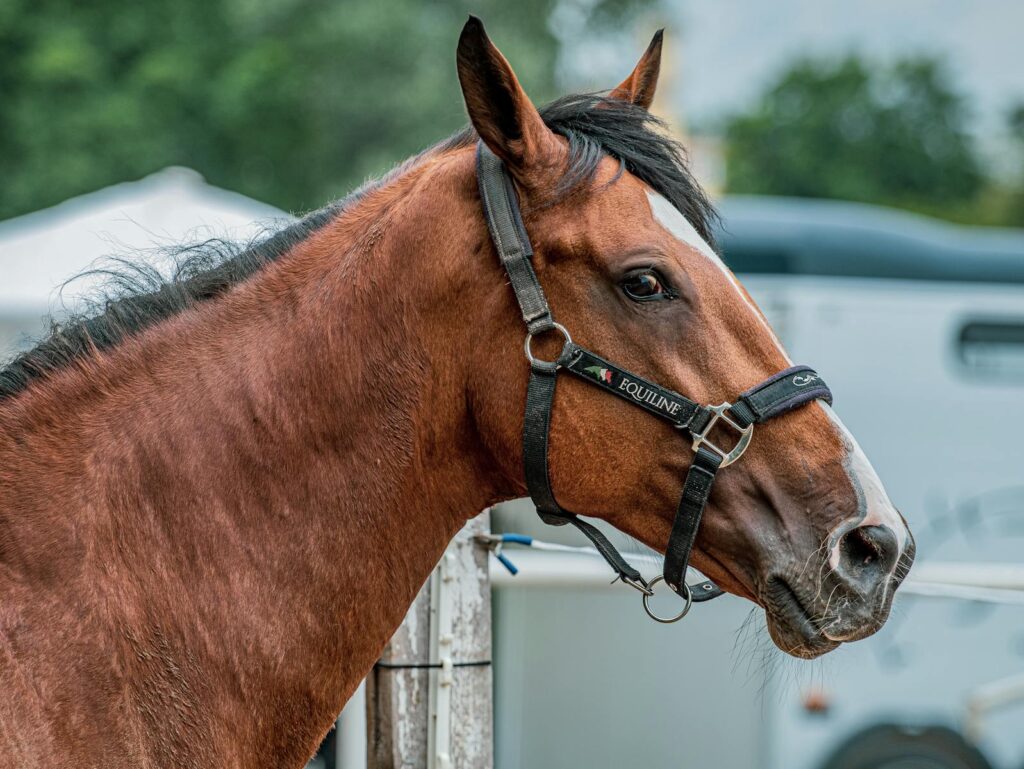
The historic city of Pardubice hosts the Czech Republic’s most significant horse market, an event inextricably linked to the famous Pardubice Steeplechase—the most challenging horse race in Central Europe. The autumn fair transforms the city into a hub for breeders, trainers, and buyers from across Eastern Europe who gather to trade primarily sport horses and the distinctive Czech Warmblood. Unlike more traditional markets, Pardubice has modernized its approach, featuring catalog listings, veterinary certificates, and organized presentations where horses demonstrate their abilities under saddle or in harness. The market coincides with the Great Pardubice Steeplechase, creating a comprehensive equestrian week that celebrates both commerce and sport. What distinguishes this fair is its emphasis on practicality and athletic potential, with most horses purchased for competition or leisure riding rather than work—reflecting the evolution of the horse’s role in modern European society.
Wilhelmsthal Horse Market – Germany’s Black Forest Tradition

Tucked into the picturesque valleys of Germany’s Black Forest, the Wilhelmsthal Horse Market has specialized in the promotion and sale of the Black Forest Horse (Schwarzwälder Kaltblut) since 1655. These chestnut draft horses with their distinctive flaxen manes and tails were once essential for forestry work in the region’s dense woodlands, and the market played a crucial role in their breeding development. Today, the fair combines serious trading with elaborate parades, where teams of immaculately groomed horses pull traditional wooden wagons adorned with decorated harnesses that showcase regional craftsmanship. The “Stallion Parade” is the market’s centerpiece, where breeding stallions are presented to potential buyers and breeders in a display that emphasizes both conformation and temperament. Wilhelmsthal is especially notable for its role in preserving this endangered breed, with conservation efforts and breeding programs featured alongside the commercial aspects of the event.
Galway Races and Horse Fair – Ireland’s Festival Atmosphere
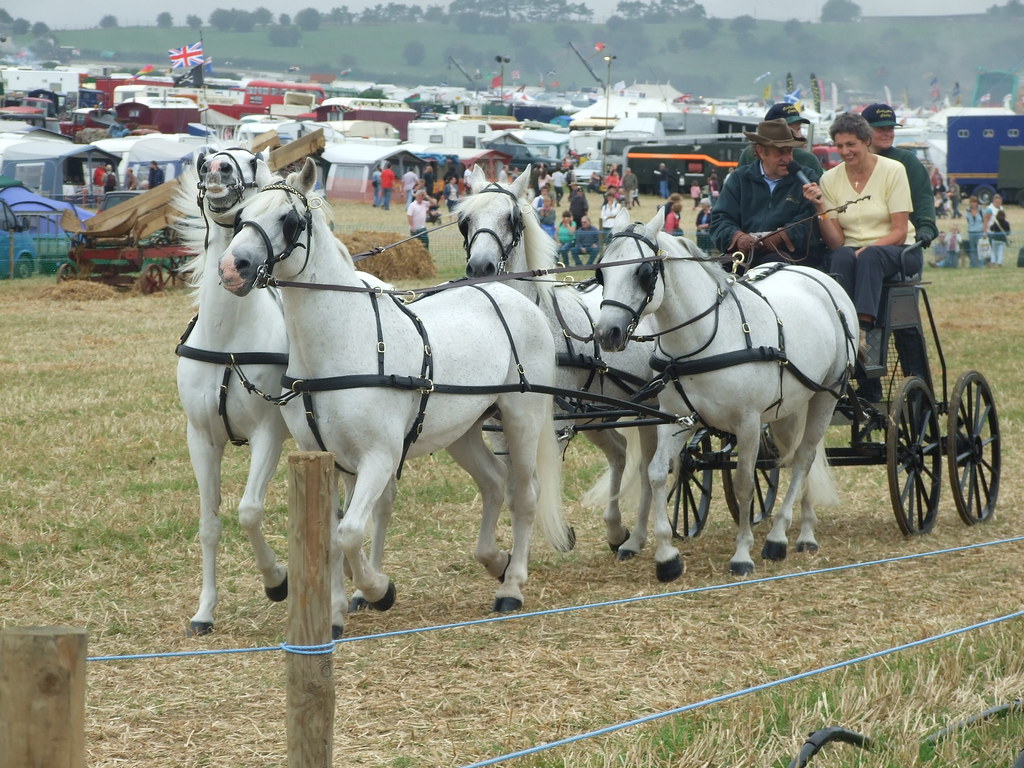
While perhaps better known for its summer racing festival, Galway’s horse fair component creates one of Ireland’s most comprehensive equestrian events each July. The fair takes place in Eyre Square at the heart of the city, where traders and buyers conduct business in the shadow of medieval buildings in a tradition that dates back to the 13th century. The fair specializes in Connemara ponies—hardy gray mountain ponies native to Ireland’s west coast—along with Irish Draught horses and various crossbreeds popular for sport and leisure. What distinguishes Galway is its seamless integration of traditional trading practices with world-class racing, creating a week-long celebration that attracts over 150,000 visitors. The fair’s proximity to racing events fosters a unique atmosphere where professional racehorse owners mingle with traditional traders, often resulting in the discovery of talented horses that may eventually compete at the highest levels.
Havelberg Horse Market – Germany’s Ancient Fair
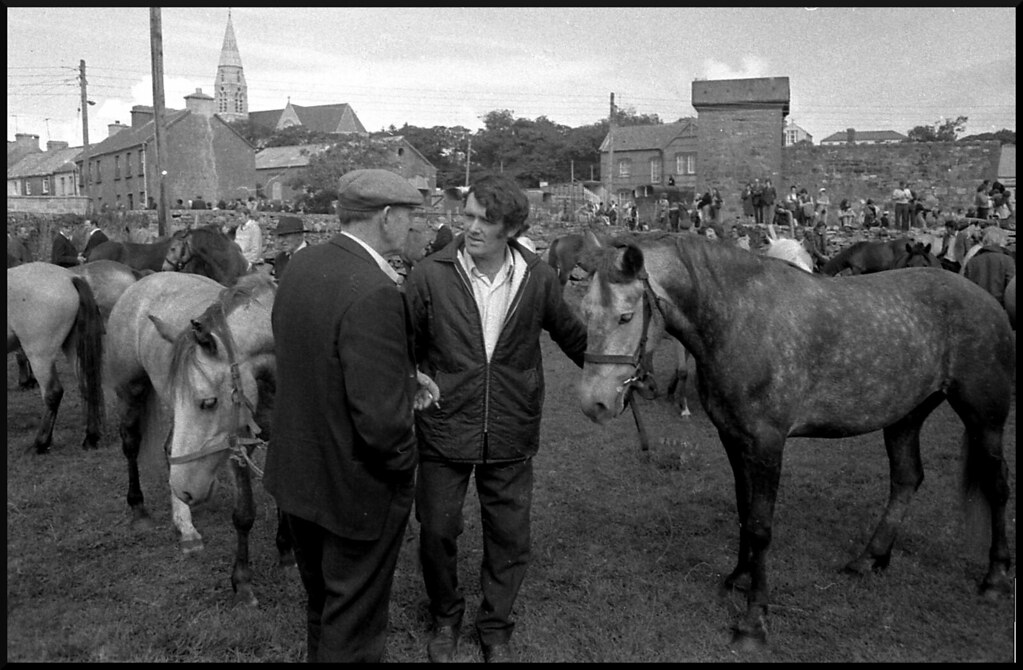
In the eastern German state of Saxony-Anhalt, the small town of Havelberg hosts one of Europe’s oldest documented horse markets, with records dating back to 1170. Held each September, this ancient market was once vital to supplying mounts for the military campaigns of the Holy Roman Empire and later the Prussian cavalry. Today’s fair maintains its historic charm around the Pferdemarktplatz (Horse Market Square), where several hundred horses of various breeds are presented for sale in a ritual that has changed little over the centuries. The market specializes in working horses suitable for forestry and agriculture, particularly the massive Shire and Percheron breeds, as well as saddle horses for leisure. Beyond trading, Havelberg preserves cultural traditions through its “Breed Parade,” where historical information about each breed is shared, connecting visitors to Germany’s long equestrian heritage while costumed reenactors demonstrate the role of horses across European history.
Golega National Horse Fair – Portugal’s Lusitano Showcase
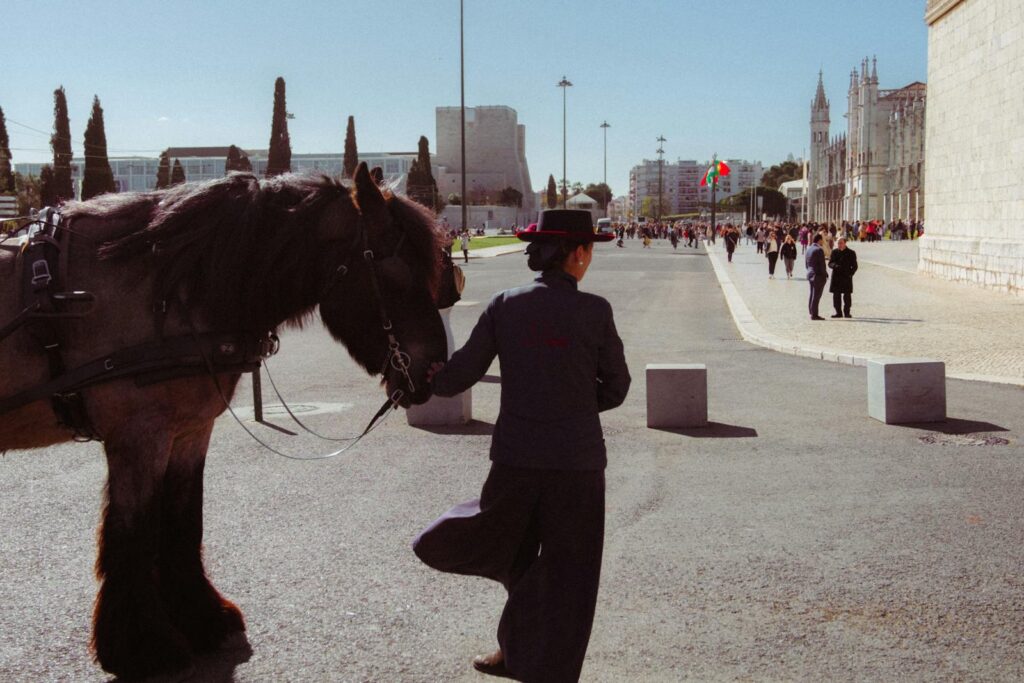
Portugal’s most prestigious horse fair transforms the small town of Golegã into the “Capital of the Horse” each November, focusing almost exclusively on the Lusitano—Portugal’s ancient native breed. Unlike many European fairs, Golegã emphasizes horsemanship over trading, with the central square (Largo do Arneiro) becoming an impromptu riding arena where owners showcase their horses’ abilities throughout the day and into the evening. Riders in traditional attire demonstrate collection, extension, and lateral movements that make the Lusitano prized for dressage and working equitation. While serious buying and selling occur, much of it happens privately at nearby stud farms, with the fair serving as an initial meeting point between breeders and potential clients. Golegã stands apart through its deep connection to Portuguese identity, celebrating the nation’s historic relationship with the Lusitano through exhibitions, museums, and cultural performances.
Piedmont Horse Fair – Italy’s Renaissance Tradition
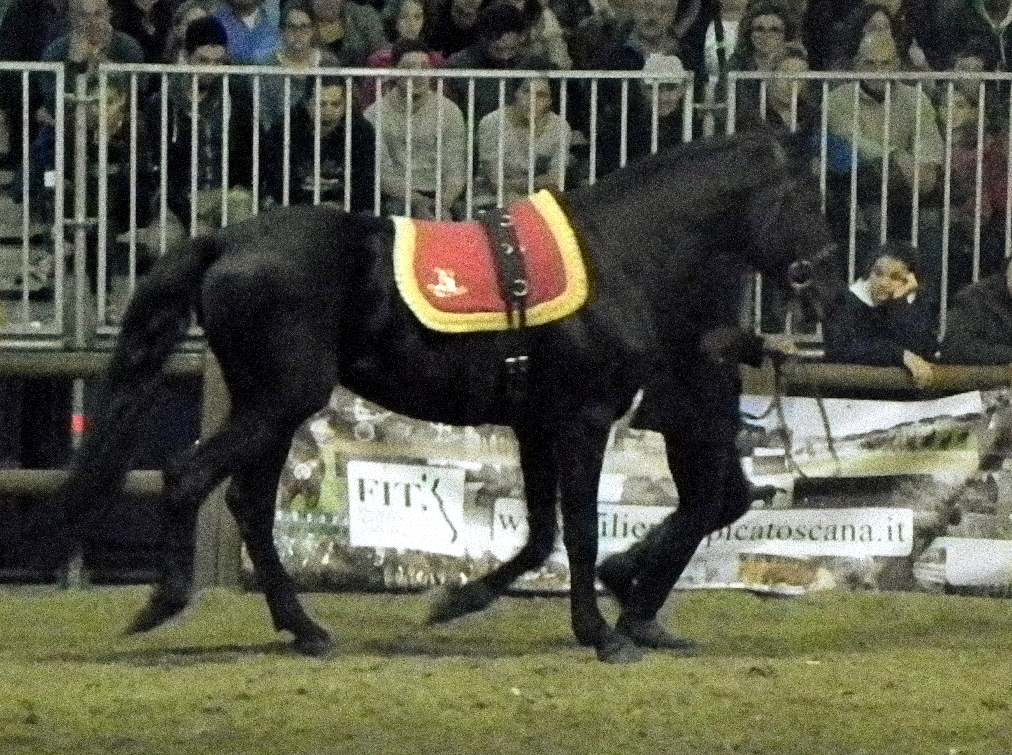
In the shadow of the Italian Alps, the Fiera Cavalli del Piemonte brings together Italy’s diverse equestrian traditions in a market that dates back to Renaissance times. Held in the historic city of Verona, this autumn fair specializes in Italy’s native breeds, particularly the powerful Haflinger mountain horses with their distinctive chestnut coats and flaxen manes. The market follows a structure established during the Medici era, with horses presented first in hand, then under saddle or in harness, depending on their intended purpose. What distinguishes this Italian fair is its gastronomic component—Piedmont’s culinary traditions are celebrated alongside the horses, creating an atmosphere that honors all aspects of rural heritage. The fair’s highlight is the “Gran Premio Fieracavalli,” a competition that evaluates horses not only on conformation and movement but also on temperament and versatility, reflecting Italy’s holistic approach to horsemanship.
Saintes-Maries-de-la-Mer Horse Fair – France’s Camargue Celebration
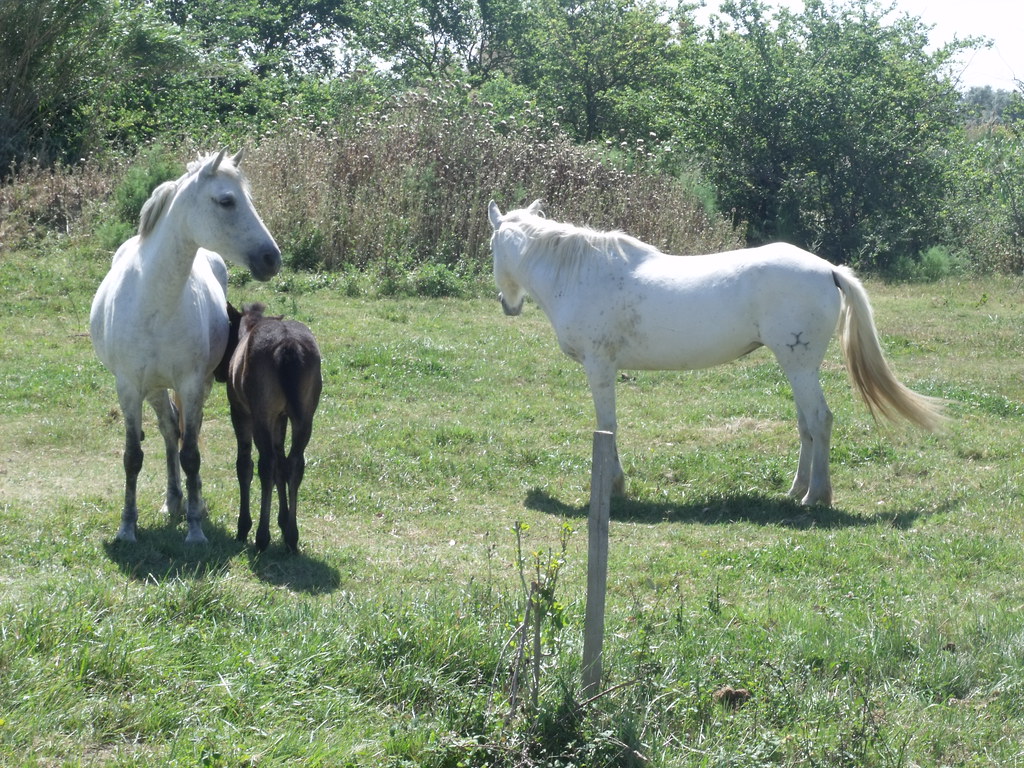
Set against the wild backdrop of the Camargue wetlands in southern France, this fair celebrates one of Europe’s oldest and most distinctive native breeds—the Camargue horse. These small, gray horses have lived semi-wild in the marshlands for thousands of years and are traditionally managed by the gardians (Camargue cowboys), who showcase their skills during the fair. The event centers on practical demonstrations of the Camargue horse’s legendary cattle-working abilities, with competitions where riders separate bulls from the herd in displays of agility and precision. Trading focuses almost exclusively on horses bred for traditional work with the region’s famous black bulls, with bloodlines and proven working ability commanding premium prices. A highlight of the fair is the blessing ceremony, where horses are led into the Mediterranean Sea—a tradition rooted in both Christian and pre-Christian customs. This spectacle draws photographers and tourists while preserving the fair’s authentic role as a working horse market.
Falsterbo Horse Market – Sweden’s Viking Heritage

On Sweden’s southwestern coast, the Falsterbo Horse Market offers a glimpse into Scandinavia’s deep equestrian roots, with records of horse trading on this site dating back to the Viking era. The fair specializes in native Scandinavian breeds, including the North Swedish Horse, Gotland Pony, and the elegant Swedish Warmblood, with trading taking place along beaches where Vikings once landed their longships. Unlike many European markets, Falsterbo focuses strongly on driving horses, featuring competitive carriage demonstrations where teams navigate obstacle courses simulating rural and urban challenges. The market’s highlight is the “Viking Horse Parade,” where riders in historical attire demonstrate the equipment and techniques once used by Norse warriors. Falsterbo’s seaside setting and incorporation of maritime traditions—such as demonstrating how horses were loaded onto ships—make it a uniquely immersive experience that bridges ancient and modern horse culture.
Modern Challenges and the Future of European Horse Fairs

Europe’s historic horse fairs face numerous contemporary challenges, from animal welfare concerns to changing economic patterns that have diminished the working horse’s role in society. Many fairs have implemented strict welfare regulations, with veterinary checks and monitoring to ensure proper treatment of all animals presented. The rise of online trading has affected certain aspects of traditional fairs, with some buyers now conducting preliminary research online before attending in person. Despite these challenges, these markets have shown remarkable resilience by evolving their focus toward sport, leisure, and cultural preservation rather than purely utilitarian work purposes. The strongest fairs have embraced their heritage value, becoming living museums that attract tourists while still maintaining their authentic trading function. The future likely lies in this dual purpose – serving as both practical marketplaces for a specialized equestrian community while simultaneously preserving and showcasing cultural traditions that might otherwise be lost in an increasingly mechanized and digital world.
These magnificent horse fairs represent more than just commercial events – they are living connections to Europe’s rich equestrian heritage. From the misty fields of Ireland to the sun-drenched plazas of Spain, each fair reflects the unique relationship between horses and humans that has developed in different regions over centuries. While modern transportation and agriculture have diminished the working horse’s practical necessity, these fairs demonstrate that the cultural significance of horses remains undiminished. As they adapt to contemporary concerns while preserving ancient traditions, Europe’s great horse markets continue to thrive as celebrations of history, craftsmanship, and the enduring bond between humans and these magnificent animals.

